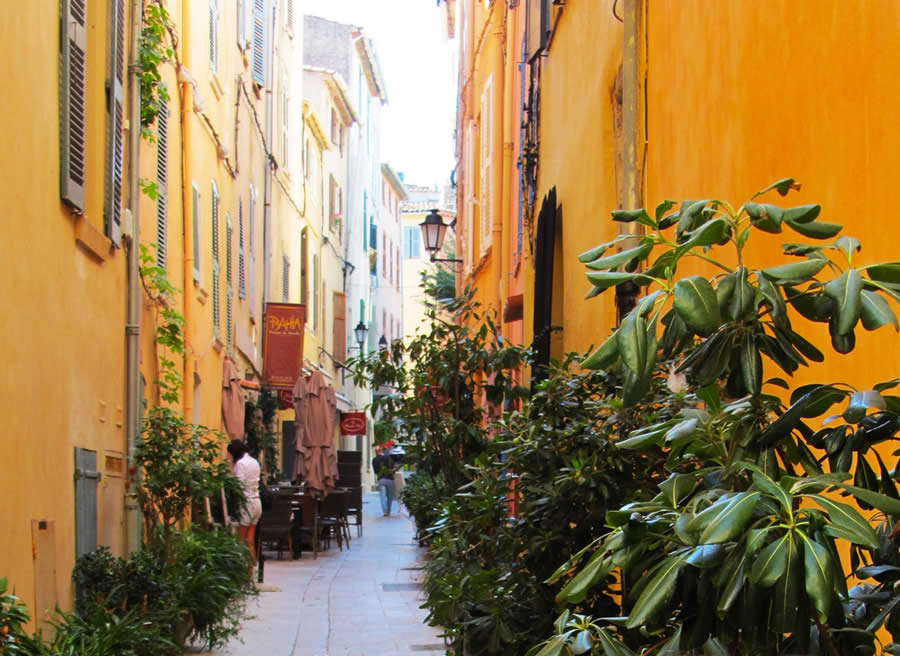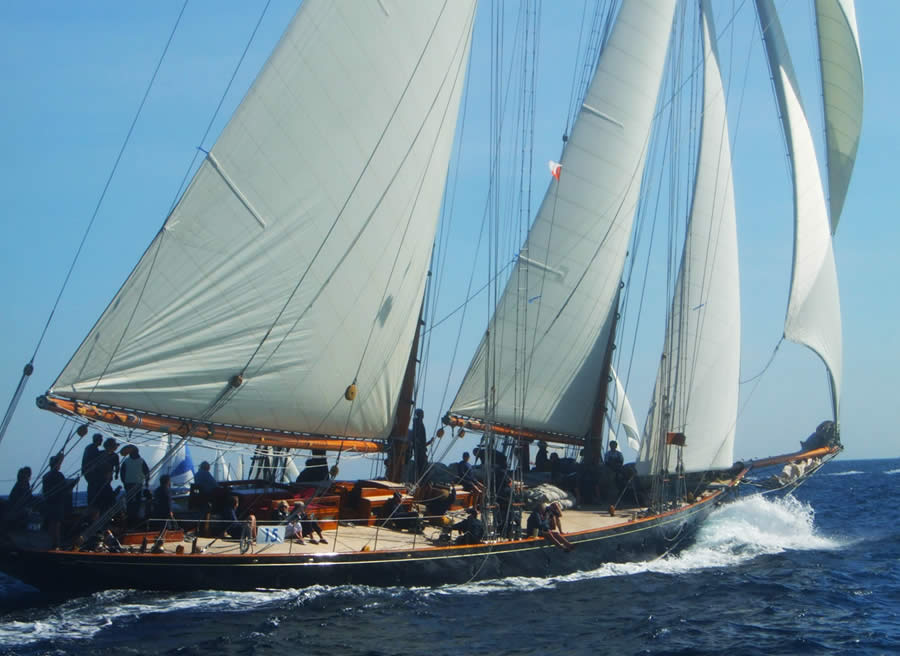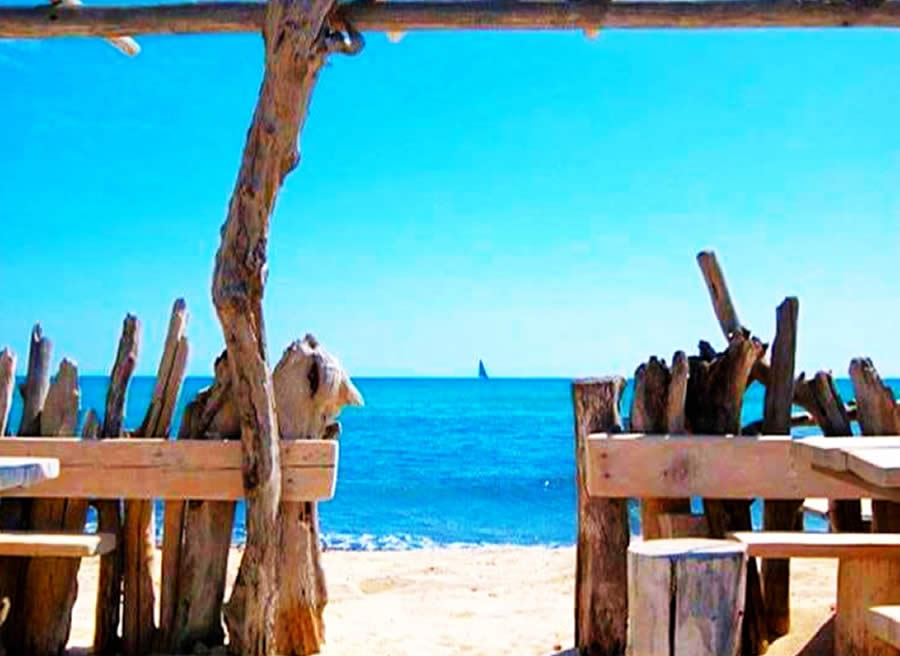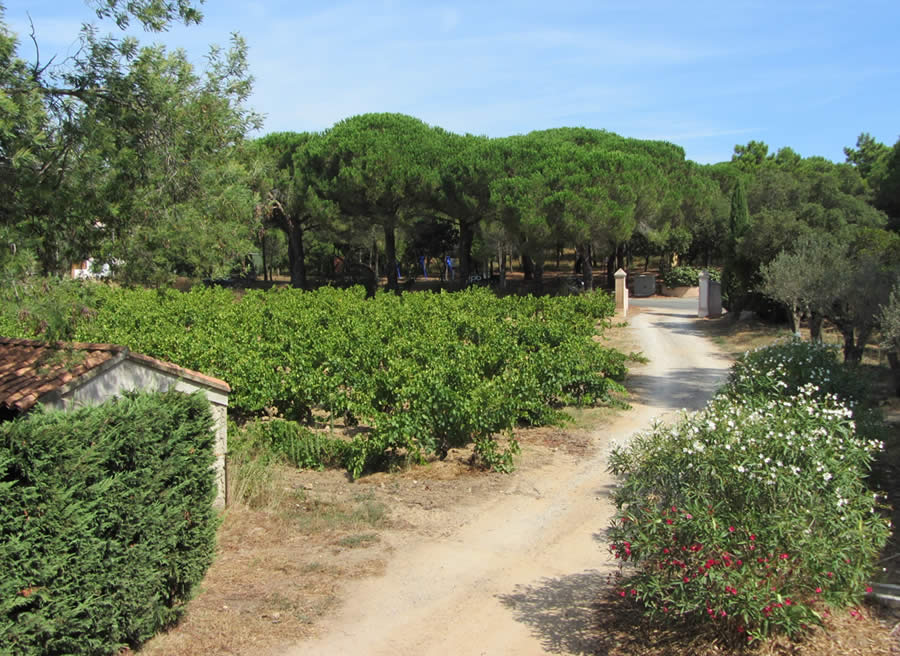St Tropez has become since Brigitte Bardot the most jetset place in France with its pretty and narrow streets of old fishing villages, its trendy yachts, its countless festive places, Pampelonne and its private beaches, the St Tropez market, its vineyards in the hinterland bringing together the best rosés of Provence, the theater and humor festival of Ramatuelle, the Voiles de St Tropez which brings together each year in September/October for 40 years for two 300 weeks of the most beautiful sailboats and yachts in the world, old or modern, an experience not to be missed in the calm of the late summer season.




The red and white colors of the flag of Saint-Tropez are those of the former Republic of Genoa. The Roman officer Torpes of the court of Nero is the origin of the name of the village. In 1470, Jean de Cossa, Baron de Grimaud and a Genoese gentleman Raphaël de Garezzio signed an agreement allowing twenty-one families from Genoa to settle in the village destroyed and depopulated after multiple invasions. They will rebuild fortifications and take over the security of the Gulf. In exchange, they will be free of taxes and duties, a privilege confirmed by all the Kings of France.
The first Bravades, in 1558 will continue to this day, celebrating May 16, 17 and 18 the Patron Saint Torpes by paying homage to the bravery of the people of Saint-Tropez in the face of their enemies, a reflection of the very special soul of the village and its inhabitants.
The deep attachment to the sea is another expression of the Tropézien character, due to the glorious maritime military past of the City which saw in particular shine Pierre-André de Suffren, vice-admiral of the royal armies in the 18th century, Bailli de the Order of Malta whose statue stands proudly on the Port as if to protect it again and again. A rich maritime past, but also a warlike past as evidenced by the Citadel, which was both the bulwark against invasions, but also, in 1652, the place where the loyalty of the inhabitants of Tropez was strongly expressed in the face of the rebellion of the greats of the kingdom against Louis XIV.
“Ad Usque Fidelis” faithful to the end, this is the motto of the people of Saint-Tropez. In the 19th century, Saint-Tropez will remain turned towards the sea with the construction of merchant ships including the three-masted “La Reine des Anges”, launched by the Saint-Tropez shipyards in 1860, and will be punctuated by the life of its fishermen. It is this village that painters, intellectuals and artists will discover, in the wake of Paul Signac, leader of the pointillist movement. Since then, thanks to its illustrious visitors from the world of literature, music, cinema, the success of the village will continue to be denied. Saint-Tropez is and will remain one of the most famous villages in the world.